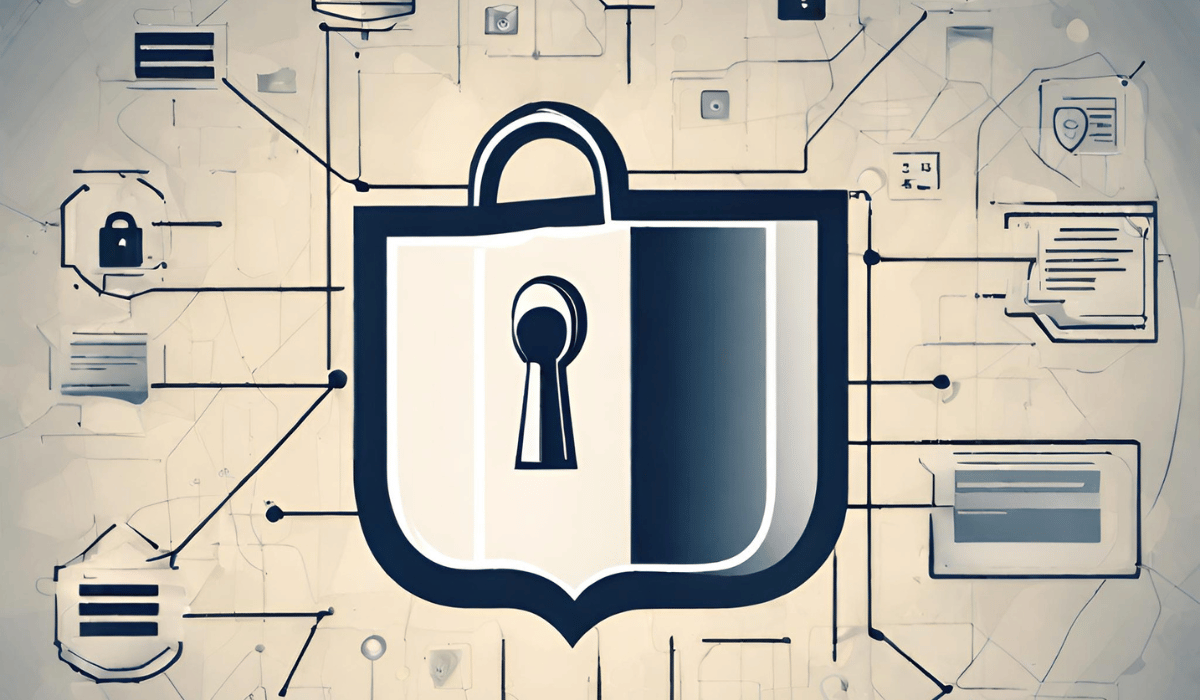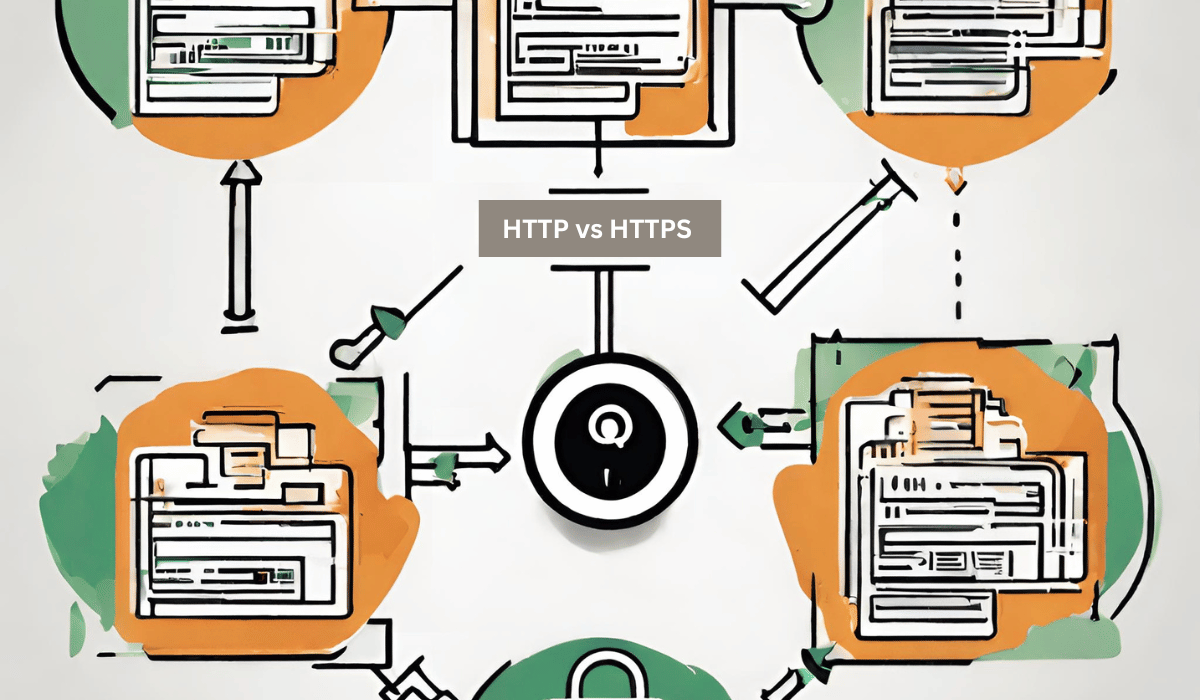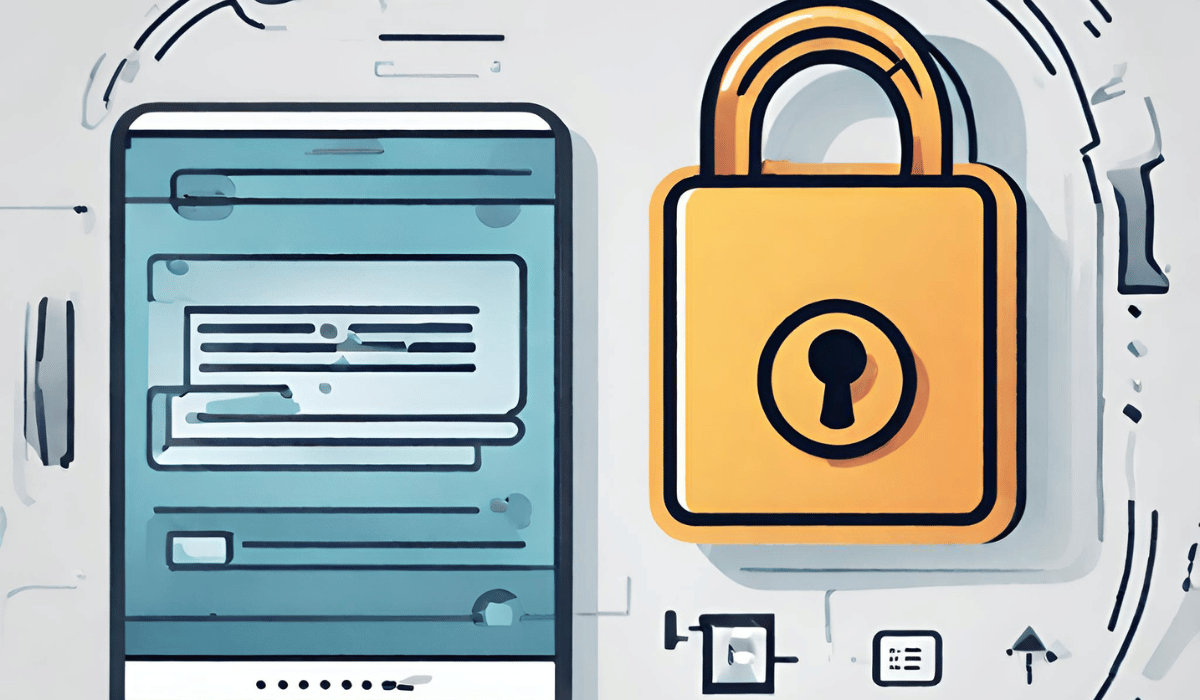Importance of Data Security
Data security is important because it protects sensitive and confidential information from unauthorized access, theft, and misuse. This information can include personal data, financial data, and intellectual property. In today’s digital age, data breaches are becoming increasingly common, and the consequences can be severe. Data breaches can result in financial losses, damage to a company’s reputation, and even legal action. Therefore, it is essential to implement robust data security measures to safeguard sensitive information and prevent unauthorized access to it.
Risks of Unsecured Data Transmission
Unsecured data transmission can also pose significant risks to the security of sensitive information. When data is transmitted over unsecured channels, it can be intercepted by hackers or cybercriminals, who can then use it for malicious purposes. This can include stealing personal or financial information, installing malware or ransomware, and even launching cyber attacks on an organization’s network. Therefore, it is crucial to use secure data transmission methods, such as encryption, to protect sensitive information from interception and unauthorized access.
What is Data Security?

Data security refers to the protection of digital information from unauthorized access, use, disclosure, modification, or destruction. It involves implementing measures to prevent data breaches, cyber-attacks, and other forms of unauthorized access to sensitive information. Data security is essential for individuals, organizations, and governments to protect their confidential information and maintain the privacy and integrity of their data.
Encryption and Decryption
Encryption and decryption are two processes that are used in data security to protect sensitive information. Encryption is converting plain text or data into an encoded format that can only be deciphered with a specific key or password. This makes it difficult for unauthorized users to access the information even if they gain access to the encrypted data. Decryption, on the other hand, is the process of converting the encrypted data back into its original form using the same key or password. This allows authorized users to access the
Hashing
Hashing is a technique used in data security to ensure the integrity of information. It involves converting data of any size into a fixed-size output, known as a hash value or message digest. The hash value is unique to the input data, and any slight change in the input data will result in a completely different hash value. This makes it easy to detect any unauthorized changes to the data. Hashing is commonly used in password storage, digital signatures, and data verification.
Digital Signatures
Digital signatures are a cryptographic technique used to verify the authenticity and integrity of digital documents or messages. A digital signature is created by applying a mathematical algorithm to the document or message, which generates a unique digital fingerprint known as a hash value. This hash value is then encrypted using the sender’s private key, creating a digital signature that can be attached to the document or message. When the recipient receives the document or message, they can use the sender’s public key to decrypt the digital signature.
Choosing the Right Transfer Protocol
When it comes to transferring digital documents or messages, it’s important to choose the right transfer protocol. The protocol you choose will affect the speed, reliability, and security of your transfer. One commonly used protocol is FTP (File Transfer Protocol), which is fast and reliable but not very secure. FTP transfers are not encrypted, which means that the data being transferred can potentially be intercepted and read by third parties.
HTTP vs HTTPS

Another commonly used protocol is HTTP (Hypertext Transfer Protocol), which is used for transferring data over the internet. However, HTTP is also not very secure as it does not encrypt data during transfer. This means that sensitive information such as passwords or credit card details can be easily intercepted by hackers. To address this issue, HTTPS (Hypertext Transfer Protocol Secure) was developed. HTTPS encrypts data during transfer, making it much more secure than HTTP.
FTP vs SFTP
FTP (File Transfer Protocol) is a protocol used to transfer files over the Internet. However, FTP is not very secure as it does not encrypt data during transfer. This means that sensitive information such as usernames and passwords can be easily intercepted by hackers. To address this issue, SFTP (Secure File Transfer Protocol) was developed. SFTP encrypts data during transfer, making it much more secure than FTP.
SMTP vs PGP
SMTP (Simple Mail Transfer Protocol) is a protocol used for sending and receiving email messages over the Internet. However, SMTP does not provide any encryption for emails, which means that the content of the emails can be intercepted and read by hackers. To address this issue, PGP (Pretty Good Privacy) was developed. PGP is a software program that provides encryption for email messages, making them more secure.
VPN vs Remote Desktop
VPN (Virtual Private Network) and Remote Desktop are two different technologies used for remote access to a computer or a network. VPN creates a secure connection between the user’s computer and the network, allowing the user to access network resources as if they were physically present in the network. Remote Desktop, on the other hand, allows the user to remotely control a computer that is located in a different location.
Authentication and Access Control
Authentication and access control are two important security measures used to protect sensitive information and resources. Authentication is the process of verifying the identity of a user, device, or application before granting access to a system or network. This can be done through various methods such as passwords, biometric identification, or security tokens. Access control, on the other hand, is the process of granting or denying access to specific resources based on the user’s identity and permissions.
User Authentication
User authentication is the process of verifying the identity of a user before allowing them access to a system or network. This is done to ensure that only authorized individuals are granted access to sensitive information and resources. There are various methods of user authentication, including passwords, biometric identification, and security tokens. By implementing strong authentication measures, organizations can protect their systems and data from unauthorized access and potential security breaches.
Role-Based Access Control
Role-based access control (RBAC) is a method of controlling access to resources based on the roles assigned to users within an organization. In RBAC, access is granted based on the user’s job function, responsibilities, and permissions. This means that users are only granted access to the resources they need to perform their job duties, and nothing more. RBAC is a powerful tool for managing user access and can help organizations to improve security, streamline access management, and reduce the risk of data breaches.
Two-Factor Authentication

Two-factor authentication (2FA) is a security process that requires users to provide two forms of identification before accessing a system or application. The first factor is typically a password or PIN, while the second factor can be something like a fingerprint, facial recognition, or a unique code sent to the user’s mobile device. By requiring two factors of authentication, 2FA helps to ensure that only authorized users can access sensitive information or systems.
Security Policies And Guidelines
Security policies and guidelines are a set of rules and procedures that an organization follows to ensure the confidentiality, integrity, and availability of its information and assets. These policies and guidelines are designed to protect the organization from internal and external threats, such as cyber-attacks, data breaches, and unauthorized access. They typically cover areas such as password management, access control, data classification, incident response, and employee training.
Best Practices For Secure Data Transfer
When it comes to transferring data securely, there are several best practices that organizations should follow:
1. Use encryption: Encrypting data before transferring it ensures that even if it is intercepted, it cannot be read by unauthorized parties.
2. Use secure transfer protocols: Use secure transfer protocols such as SFTP, HTTPS, or FTPS instead of unsecured protocols like FTP.
3. Use strong passwords: Ensure that strong passwords are used for all accounts involved in the transfer process.
Limiting File Access
When it comes to limiting file access, there are a few best practices that organizations should follow:
1. Use access controls: Implement access controls to ensure that only authorized users have access to sensitive files. This can include things like user permissions, role-based access controls, and multi-factor authentication.
2. Use file encryption: Encrypting files can provide an extra layer of protection, even if unauthorized users gain access to them.
3. Regularly review access: Regularly review who has access to sensitive files.
4. Implement strong password policies: Encourage users to create strong passwords and enforce policies that require regular password changes.
5. Use password management tools: Consider using password management tools to securely store and manage passwords.
6. Train employees: Educate employees on the importance of password security and the risks of weak passwords.
7. Monitor for suspicious activity: Monitor for any suspicious activity related to file access and password usage.
Use of Secure Transfer Tools
To ensure the security of data transfer, it is important to use secure transfer tools such as Secure File Transfer Protocol (SFTP) or Virtual Private Network (VPN). These tools encrypt data during transfer, making it more difficult for unauthorized parties to access or intercept the information. It is also important to regularly update these tools to ensure they are using the latest security protocols and patches. Additionally, it is recommended to limit access to these tools to only authorized personnel and to regularly monitor for any suspicious activity.
Conclusion
In conclusion, protecting sensitive data during transfer is crucial to maintaining the confidentiality and integrity of the information. Using secure transfer tools and regularly updating them, limiting access to authorized personnel, and monitoring for suspicious activity are all important steps in ensuring the security of data during transfer. As a writing assistant, I hope this information helps guide you towards best practices for protecting sensitive data.
